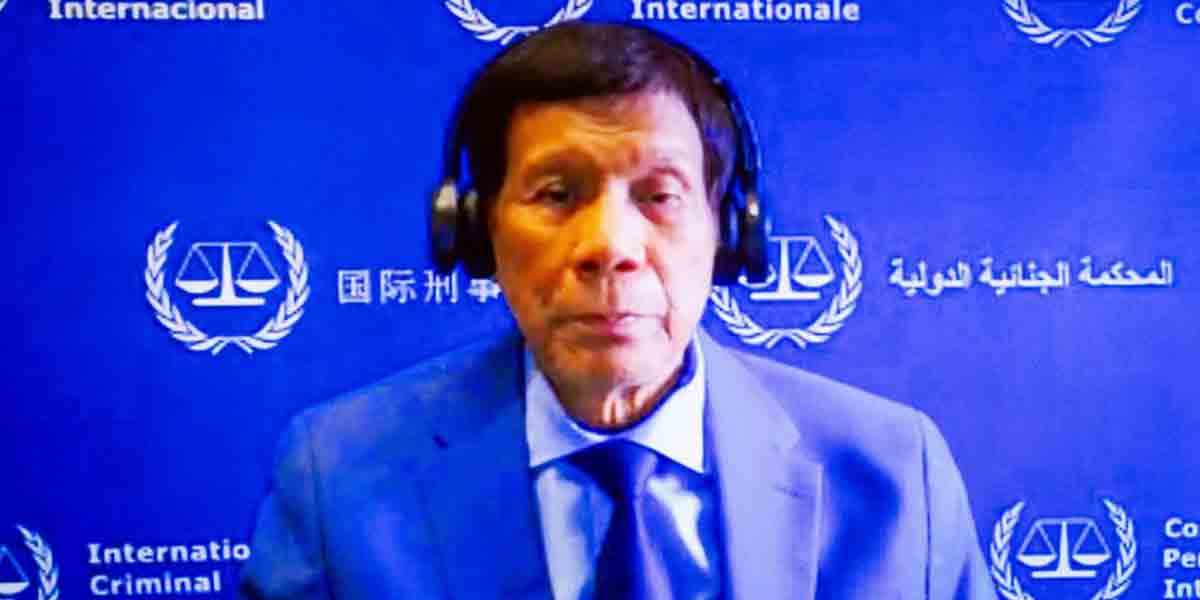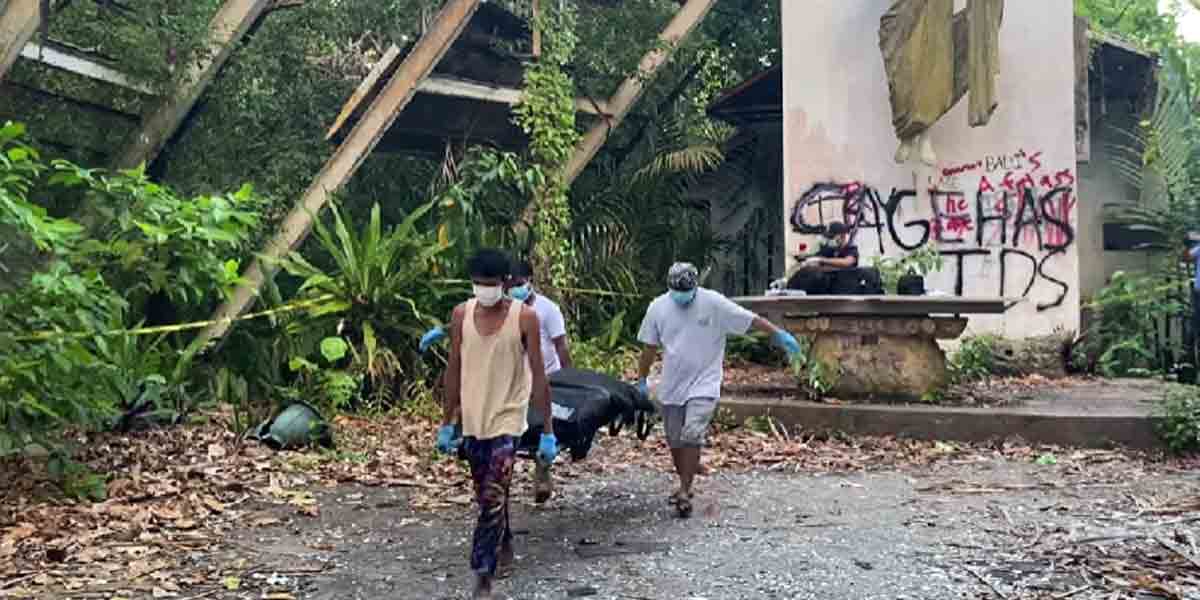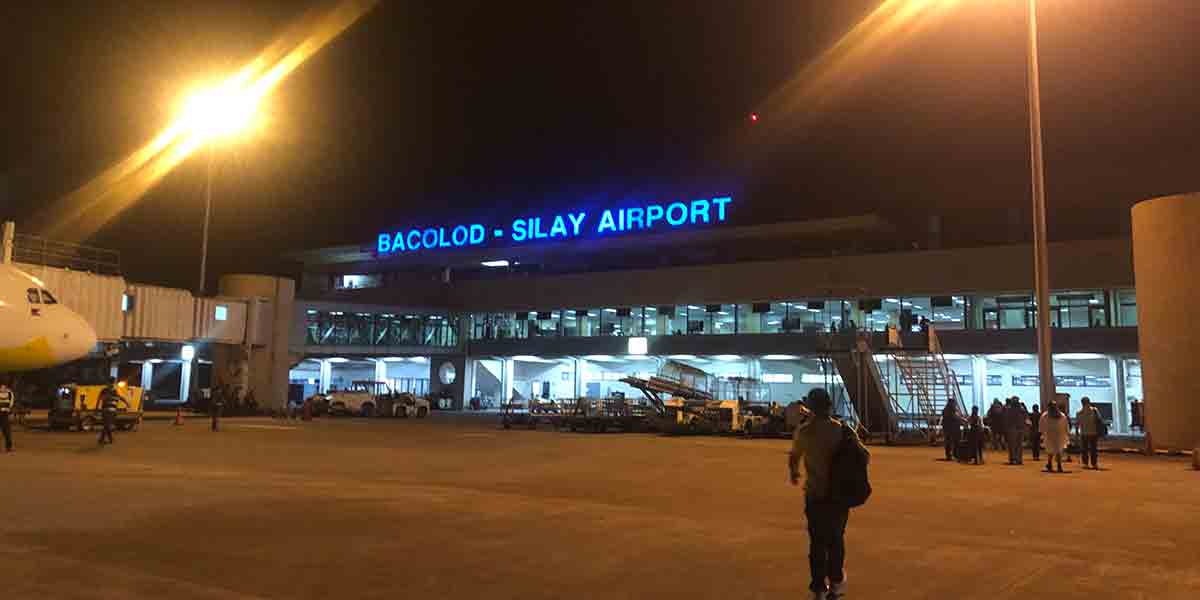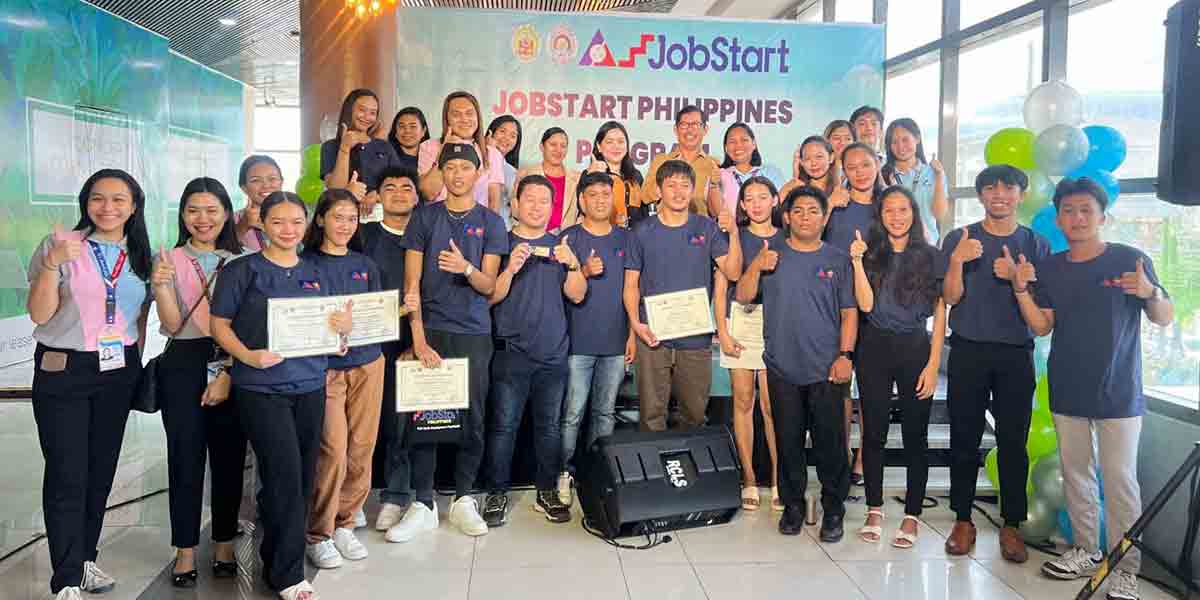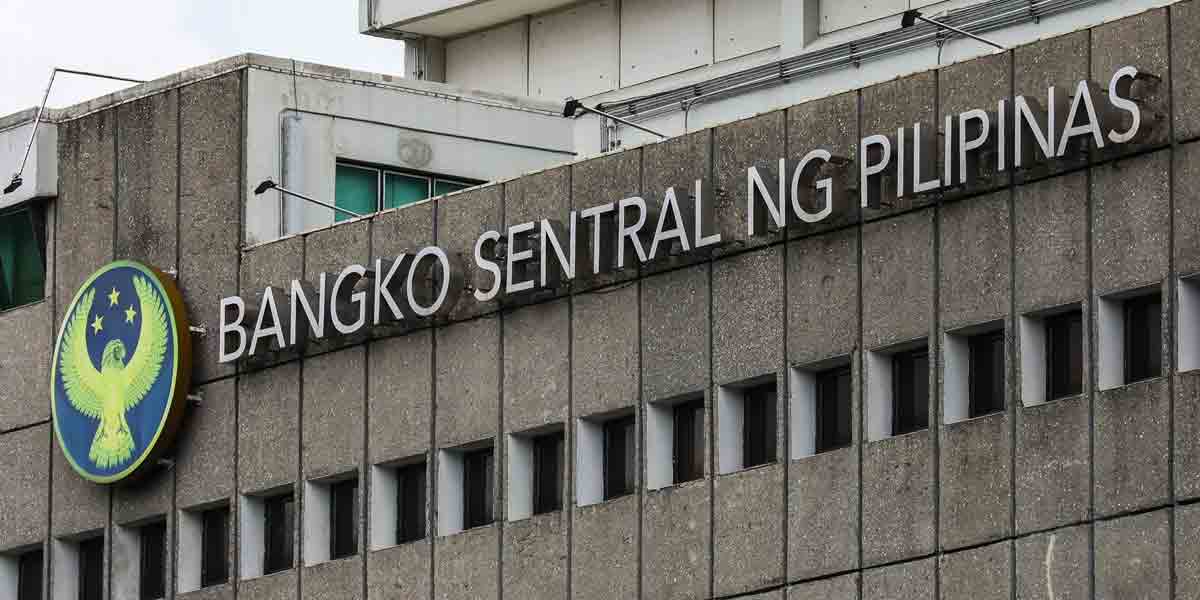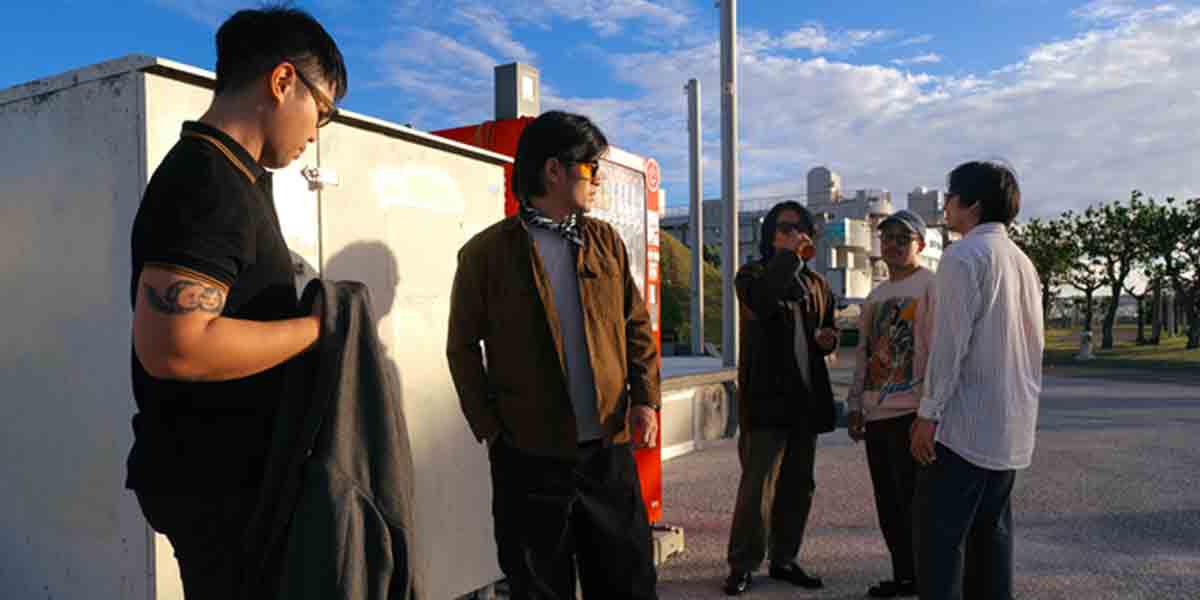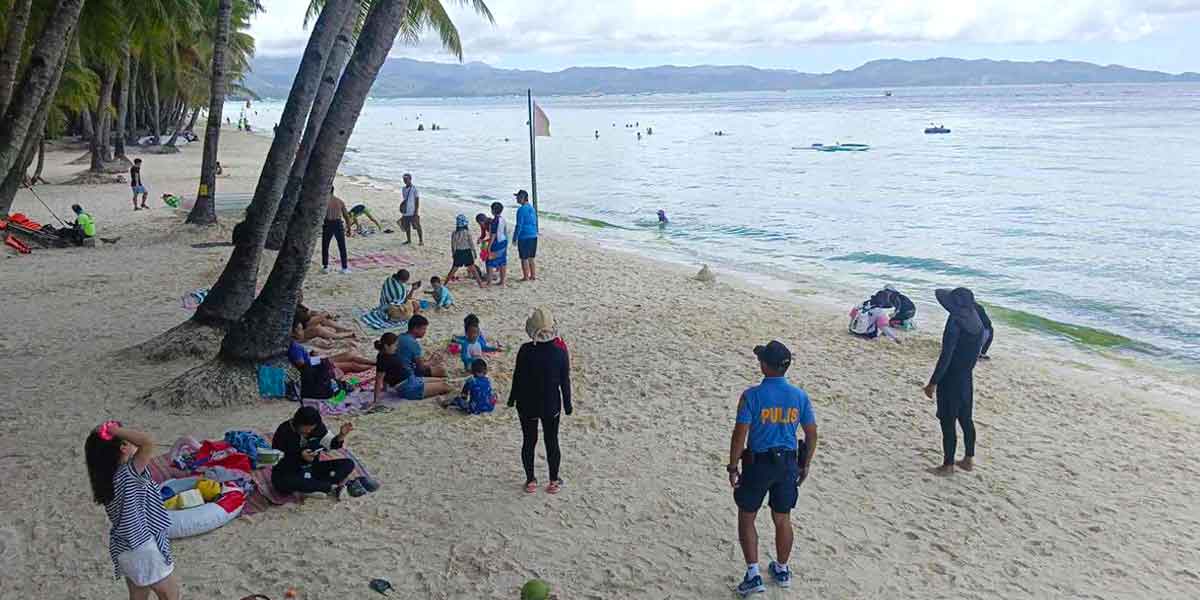The Department of Health-Center for Health Development Western Visayas (DOH-CHD 6) detected clustering of coronavirus disease (COVID-19) cases in 25 barangays in the region as local transmission continues to surge.
Clustering of cases indicate that there are two or more cases recorded in the area in the last 14 days, according to Dr. Renilyn Reyes, head of the Public Health Program Development of DOH-CHD 6.
As of August 3, 2020, Reyes said that 25 barangays in the region have clustering of local cases or patients with no travel history outside Western Visayas.
Infected locally stranded individuals (LSIs) and returning Overseas Filipino Workers (ROFs) were excluded from the tally.
Bacolod City has the highest number of barangays with clustering of COVID-19 cases with 16 villages.
“In Bacolod City, we recorded clustering of cases in Brgy. Estafania (17 cases); Brgy. Banago (14); Tangub (9) ; Brgy.2 (8) ; Taculing (7); Brgy. Mansilingan (6); Brgy. Alijis (4); Brgy. Bata (3); Brgy. Granada (3); Brgy. Mandalagan (3); Brgy. Singcang Airport (3); Brgy. 26 (2); Brgy. 27 (2); Brgy. 29 (2); Brgy.Handumanan (2); and Brgy. Vista Alegre (2),” Reyes said in a virtual press briefer on Tuesday.
Meanwhile, Iloilo City recorded clustering of cases in Brgy. Pali Benedicto, Mandurriao with 16 cases; Brgy. Bo.Obrero, Lapuz (8); one unidentified barangay in Lapuz (5); Brgy. Bolilao, Mandurriao (3); Brgy. Bonifacio Tanza, City Proper (2); and Brgy. Sto. Niño Sur, Arevalo (2).
The same scenario was also noted in Brgy. Buray, Oton in Iloilo province with four cases and in Negros Occidental particularly in Brgy. Lag-asan, Bago City (2); Brgy. 6, San Carlos City (2); Avida Villag, Talisay Ciy (2).
According to Reyes, the trend of COVID-19 cases in the region is constantly increasing with a large majority of the cases attributed to LSIs, ROFs, and APORs (authorized persons outside of residence).
However, she noted a “disturbing” spike in local infections in the region.
“Kon lantawon naton ang data, gadamo ang kaso and majority sang kaso APORs, LSIs, OFWs. Pero disturbing lang ang pag-increase sang local cases especially ang data nga nagsulod between last part of June up to July and subong,” she said.
In previous months, Reyes said local infections have been relatively low in the region.
While majority of the local cases had exposure to LSIs and ROFs, the health department said there are also cases where the source of infection remains unknown.
In the case of Bacolod City, most of the cases recorded can be traced to a health worker who had an exposure to an LSI. However, in some areas Reyes said the source of the infection remains unknown.
According to Reyes, they are looking into the possibility that the local infections have spiked due to congregations that triggered the transmission within household and in their workplaces.
“Usually, ang gakatabo may congregation like lubong or ilimnanay tapos amo ina ang nagtrigger sang paglapta. Sa subong, indi pa naman makita ang evidence nga all of these local cases may exposure sa LSIs,” she said.
Looking at the trend of Covid-19 infections in the region, Reyes said they are already preparing for worst scenarios similar to Cebu City and National Capital Region (NCR).
“Sa subong, looking at the trend whether imported or local cases- parehos increasing. With this we are preparing on the possible surge of cases in the region. Gaubra kami teams for basic strategy nga prevent, isolate, and treat to provide technical assistance sa LGUs,” she said.
Reyes said the basic strategy in controlling the transmission of COVID-19 would be proper infection control procedures and decreased mobility of persons.
On Tuesday, DOH-CHD 6 reported 74 additional Covid-19 cases in Western Visayas with 842 active cases, 758 recoveries, and 21 deaths. (ERS)

